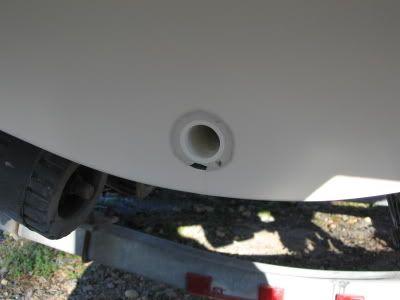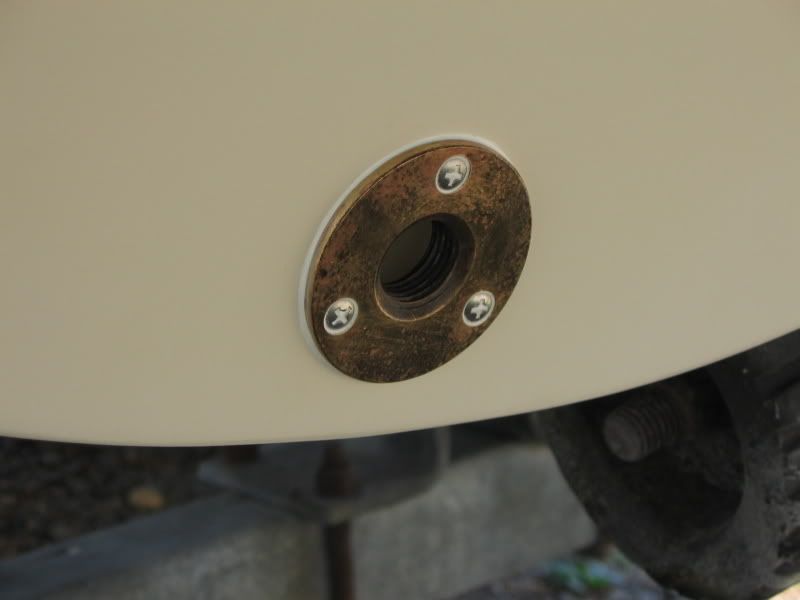flydoc
Well-known member
Found this quarter sized piece near the back of the bilge. It has 1/4 inch hole and plywood on the back and fits into the bilge portion of the drain. Do I glue it back in place and seal it?
From reading other posts in the past about drain plugs it seems that you should be able to plug it from the inside in case of emergency. Do most drains have such a tiny hole.



From reading other posts in the past about drain plugs it seems that you should be able to plug it from the inside in case of emergency. Do most drains have such a tiny hole.













